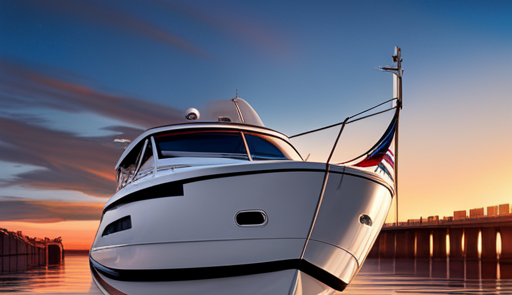When it comes to smooth sailing, a well-functioning propeller is essential. Yet, propeller issues can disrupt the serenity of any maritime journey. Here’s a guide to troubleshooting common propeller problems, ensuring your vessel navigates the waters seamlessly.
Uncovering Propeller Damage
The first step in troubleshooting is identifying damage. Check for visible signs of wear, dents, or deformities on the propeller blades. Even minor damage can impact performance significantly.
Dealing with Cavitation Concerns
Cavitation, the formation of air bubbles around the propeller blades, can lead to reduced efficiency and increased noise. Ensure the propeller is properly submerged, avoiding sharp turns that could exacerbate this issue.
Resolving Alignment Issues
Misalignment can cause vibrations and increased wear on the propeller. Verify that the propeller shaft is aligned correctly with the engine to prevent such complications.

Addressing Corrosion Concerns
Corrosion is a common problem in maritime environments. Regularly inspect the propeller for signs of rust or corrosion, especially in saltwater conditions. Treat any corrosion promptly to prevent further damage.
Balancing and Pitch Adjustment
An imbalanced or incorrectly pitched propeller can lead to performance issues. Balancing and adjusting the pitch to manufacturer specifications can optimize efficiency and reduce wear and tear.
Ensuring Smooth Sailing Ahead
Troubleshooting propeller issues is vital for maintaining optimal vessel performance. Regular inspections, timely repairs, and adherence to proper maintenance protocols can prevent complications and ensure a seamless sailing experience.
PropGlide offers an innovative solution to address propeller problems commonly caused by fouling. This specialized product is designed to prevent marine growth from adhering to propellers, significantly reducing fouling-related issues and their impact on propeller performance.


